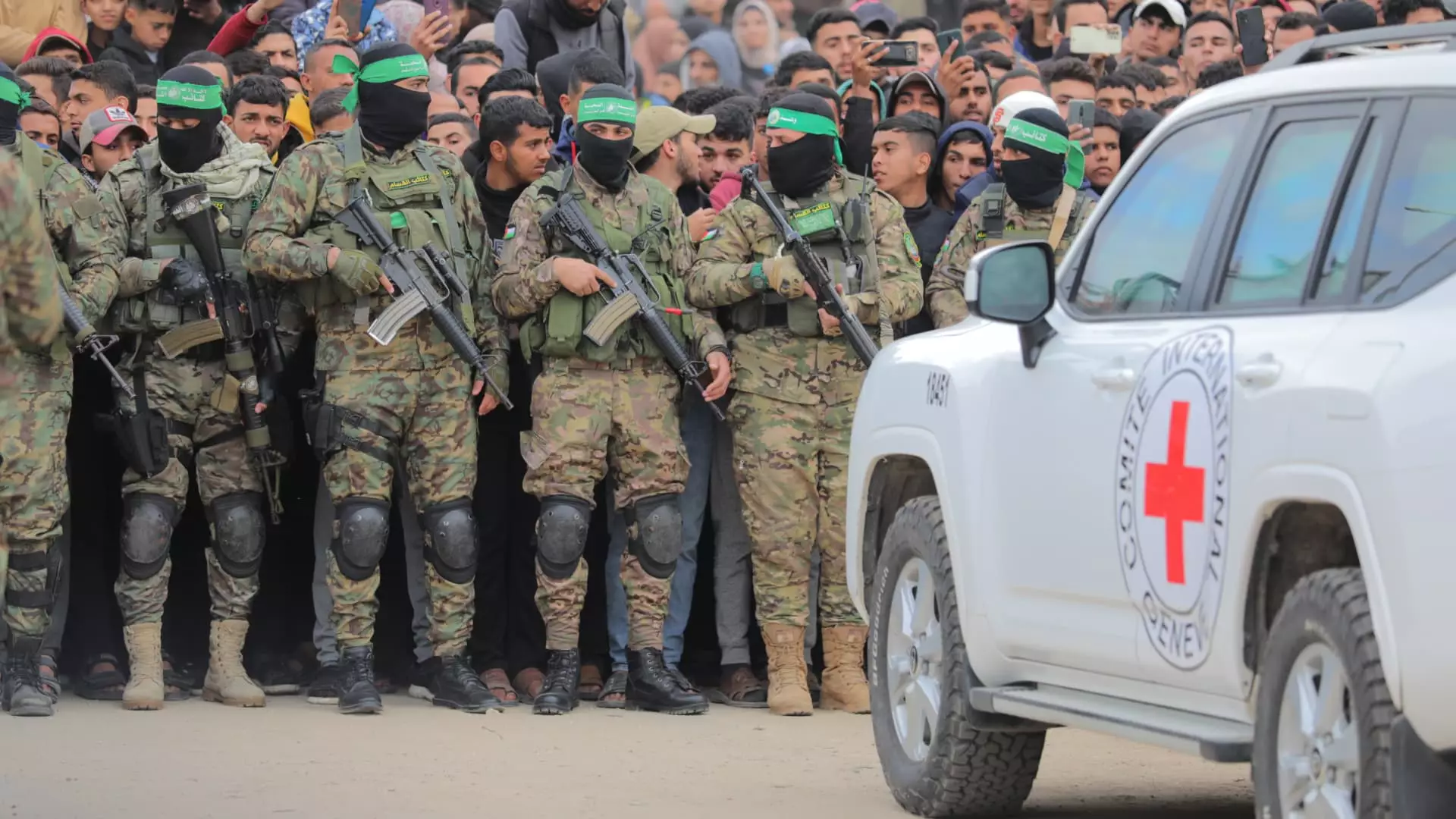The conflict between Israel and Hamas has continued to escalate, resulting in devastating consequences for both sides. Recently, a moment of bittersweet relief emerged when Hamas released three Israeli hostages after a harrowing 15-month ordeal. However, the conditions under which these hostages were returned have invoked deeper concerns about human suffering and the fraught dynamics of the ongoing ceasefire negotiations. This article delves into the impact of this hostage exchange and explores the broader implications of this conflict.
The release of Ohad Ben Ami, Eli Sharabi, and Or Levy was a highly publicized event, presented live on television. Their frail condition sparked a wave of anguish across Israel, serving as a stark reminder of the toll war takes on individuals. As Ben Ami’s mother-in-law described, “He looked like a skeleton, it was awful to see,” encapsulating the collective horror felt by families intertwined with the tragic circumstances of this conflict. Such images powerfully highlight the physical and psychological scars inflicted by terrorist acts and military responses, raising urgent questions about the treatment of hostages and civilians caught in turmoil.
A Painful Exchange: The Terms of the Deal
In a calculated negotiation between Hamas and Israeli authorities, the release of these three individuals was accompanied by Israel’s decision to free 183 Palestinian prisoners. The ramifications of this exchange are complex; while it signals a flicker of humane interaction amid violence, it also underscores the grim reality of ongoing hostilities. Many of the Palestinian prisoners have serious allegations against them, with some involved in acts of violence that led to loss of life. This duality poses an ethical dilemma: can one equate the suffering of hostages with the broader historical grievances of an occupied people?
For the families of the hostages released, there is a mix of relief and tragedy. In the case of Eli Sharabi, the loss of his wife and daughters during the initial Hamas-led assault creates a complex narrative of grief. This tragedy punctuates the irony of a reunion marred by profound loss. The legacy of those who remain unaccounted for adds to the emotional burden endured by affected families, and the fluctuating nature of hope and despair creates a relentless cycle of trauma. As such, the joy of release becomes entwined with the mourning of lost loved ones, further complicating narratives within the community.
This hostage exchange is part of a broader ceasefire agreement mediated by international actors, including the U.S., Egypt, and Qatar. An initial phase stipulated the release of 33 vulnerable individuals in exchange for nearly 2,000 Palestinian prisoners. While this development has brought temporary reprieve, it also invites skepticism regarding the durability of the ceasefire. Numerous challenges remain, particularly in light of U.S. President Donald Trump’s controversial proposals that jeopardize the delicate balance achieved thus far. Given that regional dynamics frequently fluctuate, one must inquire whether this temporary cessation of violence can lead to a meaningful and lasting resolution.
The intricate interplay of human suffering, political tension, and the complexities woven into the fabric of the Israel-Hamas conflict demands a heightened awareness and sensitivity. The recent hostage release illuminates not only individual tragedies but also larger systemic issues entrenched in the ongoing struggle for self-determination and justice. As communities mourn, hope for lasting peace begins with mutual understanding, renewed dialogue, and an unwavering commitment to protecting human dignity amid the chaos. Moving forward, without addressing these foundational grievances, any semblance of peace risks being shallow, unable to withstand the weight of history and human suffering.

Leave a Reply